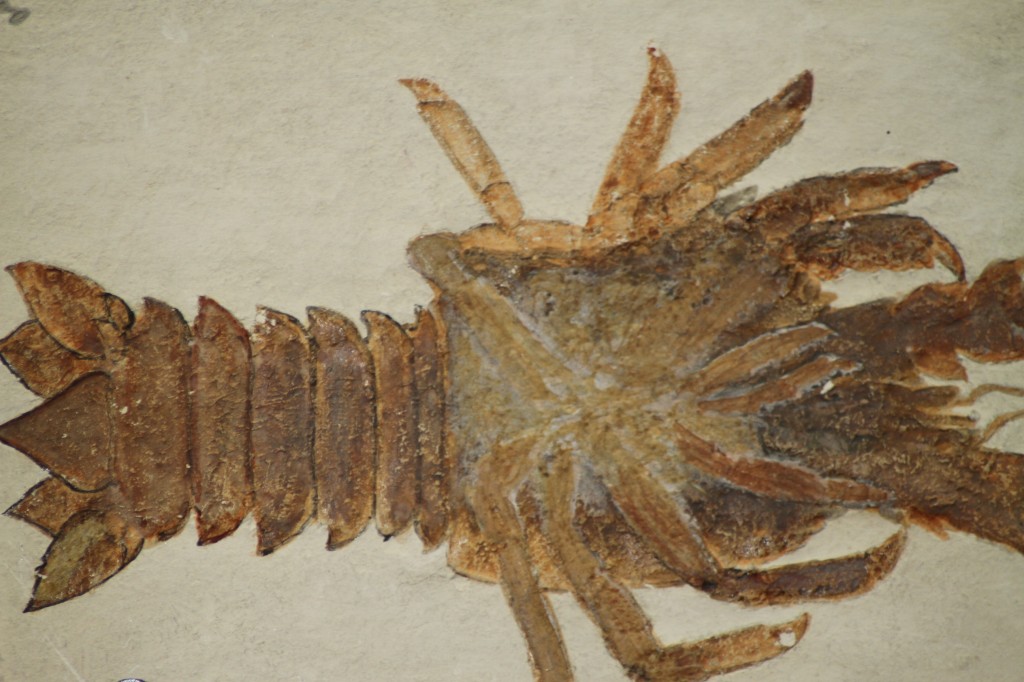Browsing the "Mesozoic" Category
The Mesozoic era, meaning “middle life”, is a division of earth’s history spanning from around 252 to 66 million years ago. It is subdivided into the Triassic, Jurassic and Cretaceous periods. The beginning of the Mesozoic is characterised by a long phase of recovery following the end Permian mass extinction. The end of the Mesozoic is marked by the Cretaceous/Paleogene extinction event which wiped out the dinosaurs among other groups.
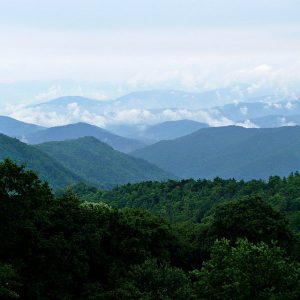
Published on May 24th, 2018 | by David Marshall
The Appalachian mountains, span the Eastern margin of the United States of America. They are predominantly composed of Paleozoic rocks, but Mesozoic marine sediments (formed adjacent to the Appalachian continent at the time) can be found [&hellip... Read More →
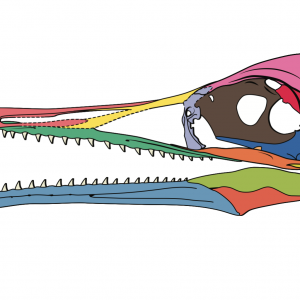
Published on May 3rd, 2018 | by Liz Martin-Silverstone
Bird evolution has long fascinated palaeontologists. Despite crown-group birds (birds giving rise to modern lineages today) evolving during the Cretaceous, there are relatively few fossils from this time, making it difficult to understand this key time [&hellip... Read More →
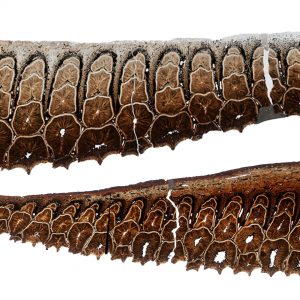
Published on April 17th, 2018 | by Liz Martin-Silverstone
Tooth shape and arrangement is strongly linked with diet, and palaeontologists often use teeth to determine what kind of food an animal may have been eating. Carnivorous teeth are generally more simple, while herbivorous teeth are [&hellip... Read More →
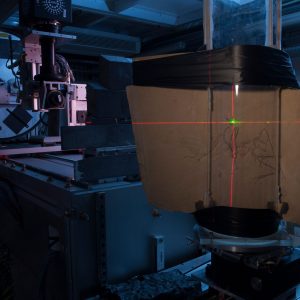
Published on March 17th, 2018 | by David Marshall
Archaeopteryx is perhaps one of the most iconic taxa in the fossil record. Exclusively found in the Late Jurassic Solnhofen Lagerstätte in Bavaria, Germany, it is a crucial taxon for understanding the relationship between dinosaurs and [&hellip... Read More →
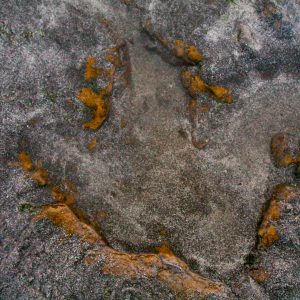
Published on January 9th, 2018 | by Guest Blogger
One year after a bizarre act of local fossil vandalism on Scotland’s Dinosaur Isle let us consider the value of footprints in the sand and the implications for U.S. Government cuts to national monuments of global [&hellip... Read More →
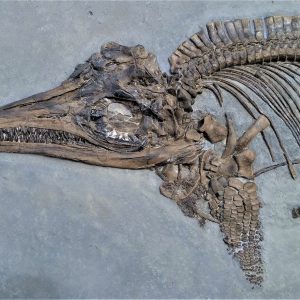
Published on January 7th, 2018 | by David Marshall
Ichthyosaurs are large marine reptiles that existed for most of the Mesozoic Era. The most familiar forms superficially represent dolphins, but some earlier ichthyosaurs were more eel like. They could attain huge proportions, with some genera [&hellip... Read More →
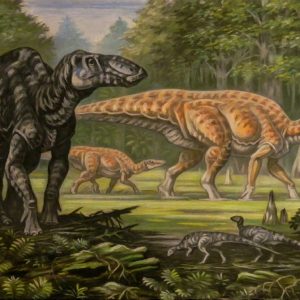
Published on December 10th, 2017 | by Guest Blogger
Or what a difference a word makes. Words have meaning. That meaning gives them power. Two essentially identical sentences can have entirely different meanings just by changing a single word. In some cases, that word can [&hellip... Read More →
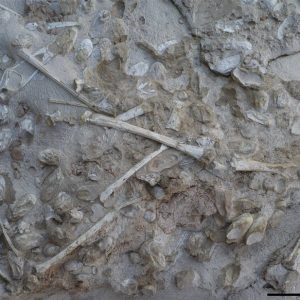
Published on November 30th, 2017 | by Liz Martin-Silverstone
[This article was originally published on The Conversation. Read the original article here.] A hoard of fossilised pterosaur eggs discovered in China is helping scientists gain a rare insight into the extinct flying reptiles. Newly released [&hellip... Read More →
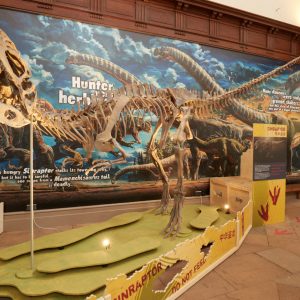
Published on October 17th, 2017 | by David Marshall
‘Dinosaurs of China’ at Wollaton Hall, Nottingham, UK, is a one-time only world exclusive exhibition of dinosaurs. Featuring fossils and specimens never before seen outside of Asia, the collection brings to life the story of how [&hellip... Read More →
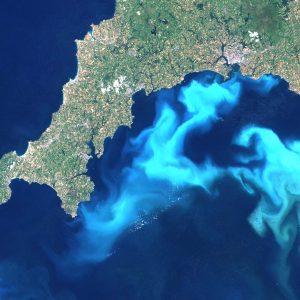
Published on October 1st, 2017 | by David Marshall
Coccolithophores are tiny unicellular eukaryotic phytoplankton (algae). Each is covered with even smaller calcium carbonate plates called coccoliths and it is these that are commonly preserved in the fossil record. In fact, coccoliths are so small, [&hellip... Read More →






















